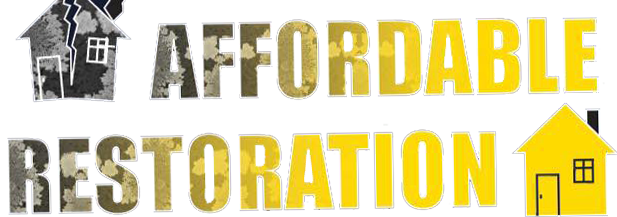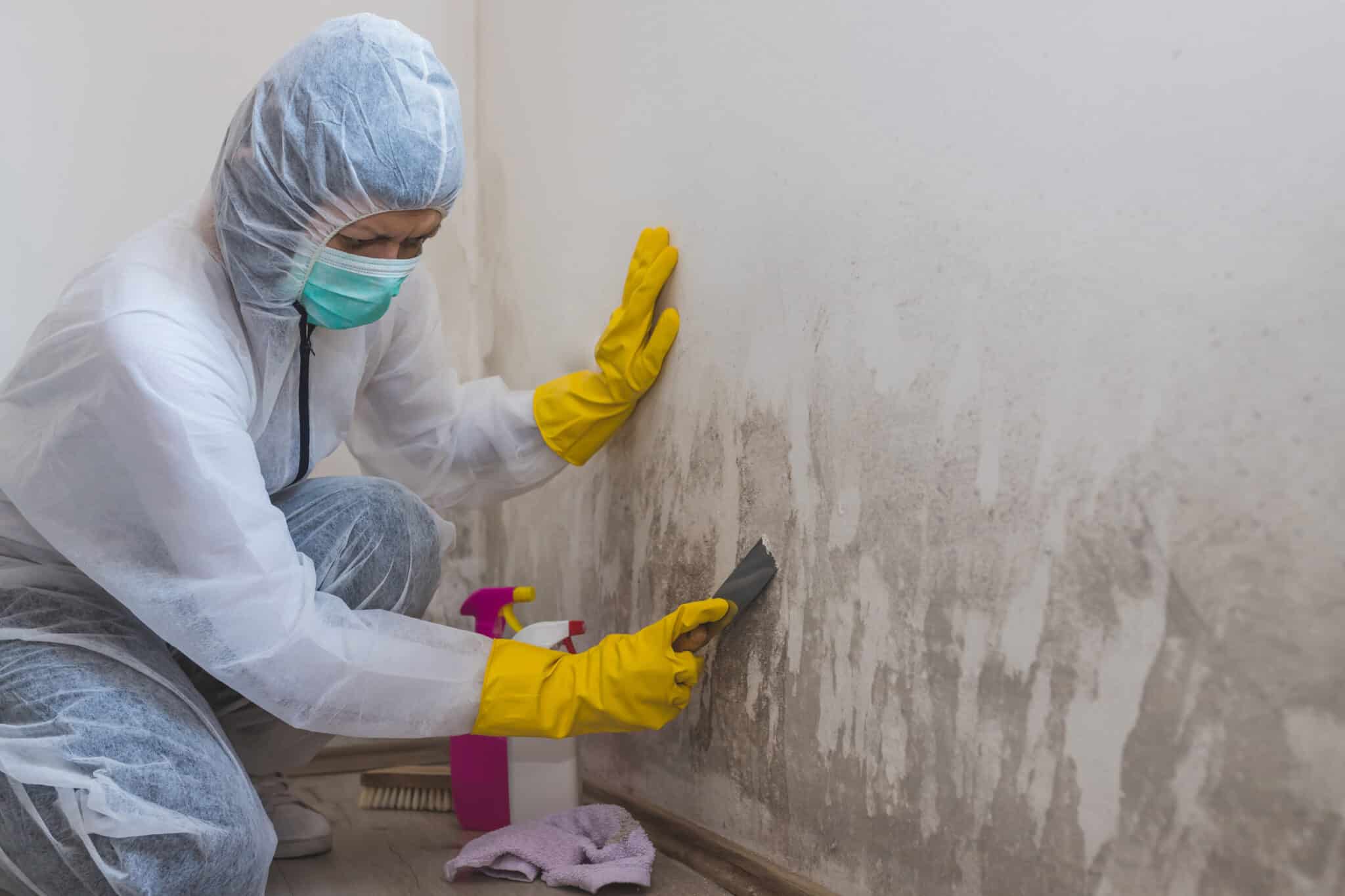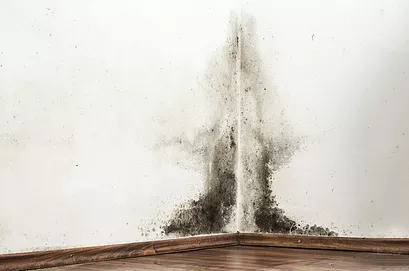Why You Should Care
Mold is a silent invader that can creep into your home and cause major health and structural issues before you even realize it’s there. In Coeur d’Alene, ID and the surrounding North Idaho region, mold thrives thanks to our seasonal moisture, snowmelt, and humid lake air — making early detection essential.
The tricky part? Mold doesn’t always show up as a big, black blotch on your bathroom ceiling. Often, its presence is subtle, masked behind walls or under flooring. That’s why learning to recognize the signs and symptoms of mold growth is crucial.
This guide breaks down the most common — and often overlooked — indicators of mold so you can take action before it spreads.
Why Mold Detection Matters in Coeur d’Alene
Mold grows in warm, damp, and dark environments — the exact conditions that homes in our region often provide, especially after winter snow or spring rain. Older homes near Lake Coeur d’Alene, Fernan Village, or Rathdrum may not have the same ventilation or moisture barriers as new builds, making them particularly susceptible.
If you suspect mold, identifying the signs early can help prevent:
Costly structural damage
Serious health effects
Insurance coverage complications
Property value issues during resale
Let’s dive into the telltale signs of mold in your home.

1. A Musty or Earthy Odor That Won’t Go Away
One of the earliest and most common signs of mold is a persistent musty smell. If you’ve ever walked into a damp basement and noticed an earthy, stale scent — that’s the smell of active mold growth.
You might smell it:
- In closets or cabinets near exterior walls
- In basements or crawl spaces after heavy rain
- Near air vents when your HVAC system kicks on
- In bathrooms, especially around tile or drywall
If you’re consistently smelling something damp or sour and can’t pinpoint the source, that’s a red flag.


2. Visible Mold Spots — Big or Small
While obvious mold patches are easy to spot, smaller or less colorful mold growth can often be overlooked.
Watch for:
- Discolored patches on walls, ceilings, or floors — typically green, black, white, or gray
- Water-stained areas that appear brown or yellow
- Fuzzy or slimy textures around HVAC ducts, window sills, or plumbing
Even if the patch is small, it may indicate a larger problem behind the surface. And no, it’s not always black mold. Other types — like aspergillus or cladosporium — are just as harmful over time.
3. Peeling Paint or Bubbling Walls
Mold thrives behind surfaces with excess moisture. Over time, this moisture can cause your paint to bubble, chip, or peel — especially in:
- Bathrooms and laundry rooms
- Basements or poorly insulated walls
- Around windows or skylights
This is often a sign that water has gotten behind the surface and mold has started to grow beneath it.
4. Unexplained Respiratory Issues or Allergies
Mold affects your home — but it also affects your body. If you or your family members are experiencing chronic allergy or respiratory symptoms that seem to worsen at home, mold could be to blame.
Symptoms may include:
Sneezing, coughing, or runny nose
Itchy eyes or throat
Sinus pressure or headaches
Asthma flare-ups
Skin rashes
Fatigue or dizziness
If symptoms improve when you’re away from the house, that’s a major clue.
In Coeur d’Alene, many people blame seasonal pollen or wildfire smoke for their discomfort, but mold could be the real culprit — especially if your symptoms persist year-round.
5. Warped or Soft Flooring
Has your flooring started to feel bouncy or uneven? Does your wood laminate appear warped or discolored?
Mold can grow beneath flooring in areas with water damage, especially:
Under sinks or appliances like dishwashers or refrigerators
Near basement sump pumps or laundry machines
Along the baseboards of exterior walls
Soft or buckling flooring is often a sign that mold has infiltrated the underlayment or subfloor — and it requires immediate attention.
6. Frequent Condensation or High Humidity Indoors
In many older homes around Hayden or Dalton Gardens, windows and walls don’t always have modern insulation. This can lead to frequent condensation build-up, especially in colder months.
Consistently foggy windows, damp walls, or indoor humidity levels above 60% create ideal breeding grounds for mold. If you’re running a dehumidifier regularly just to stay comfortable, you may already be fighting hidden mold growth.
7. A History of Water Leaks or Flooding
If your home has ever had:
- A leaking roof
- A burst pipe
- Water damage from ice dams or spring runoff
- Flooded basements or crawl spaces
Then you should be on high alert for mold — even if the leak happened years ago. Mold can stay dormant for long periods and reappear when conditions become favorable again.
In North Idaho, snowmelt and ground saturation often lead to unnoticed water intrusion in foundations, especially in sloped lots or lakeside homes.
8. Black or Dark Dust Around Vents
If you notice black dust around your air vents or intake grilles, it might not be just dirt. Mold spores can settle and grow within your HVAC system, contaminating the air that’s circulated throughout your home.
HVAC mold is especially dangerous because:
- It spreads spores to every room
- It’s difficult to see or reach
- It worsens allergy symptoms and breathing issues
Homeowners in Coeur d’Alene who use forced air systems in the winter should have their ducts inspected regularly for signs of mold.
9. Cracked Grout or Caulking in Bathrooms
Mold loves to hide in the cracks and crevices of your tile work. Cracked grout or missing caulking in tubs, showers, and sinks lets water seep in — providing mold with the moisture and organic material it needs.
Signs include:
- Mold growing along grout lines
- Dark patches near tub corners
- Soft or spongy drywall near water fixtures
10. Fungal Growth in Unexpected Areas
Sometimes mold isn’t in the obvious places. Homeowners across Post Falls and Coeur d’Alene have reported mold growth:
- Inside cabinetry or under sinks
- Behind furniture or wall art
- On ceilings near attic insulation
- In insulation around recessed lights
- Beneath stairwells
Any of these signs warrant a deeper inspection by a professional.
What To Do If You Suspect Mold
Here’s what to do next:
1. Don’t Disturb the Area
Avoid poking, scraping, or cleaning mold with household cleaners. This can send spores into the air and worsen the problem.
2. Call a Certified Mold Inspection Professional
A local Coeur d’Alene mold remediation specialist can test air quality, locate hidden mold, and provide a detailed action plan.
3. Address Moisture Issues Immediately
Fix leaky pipes, improve ventilation, or install dehumidifiers while waiting for remediation. Mold won’t grow without moisture — removing the source is critical.
Don’t Wait for Mold to Become a Nightmare
Mold issues in North Idaho homes don’t just go away. The sooner you spot the signs, the faster and more affordably you can address the problem. Ignoring even minor symptoms can lead to massive structural repairs, health complications, and insurance headaches.
If you’ve noticed any of the signs mentioned in this guide, it’s time to act.
Call for a Mold Inspection Today
Serving Coeur d’Alene, Post Falls, Rathdrum, Hayden, and surrounding areas, our professional mold remediation team is ready to help you breathe easy again. We’ll inspect your home, identify the source, and guide you through a thorough and effective mold removal process.
Don’t second-guess your health or your home. Call today to schedule your mold inspection and protect what matters most.

